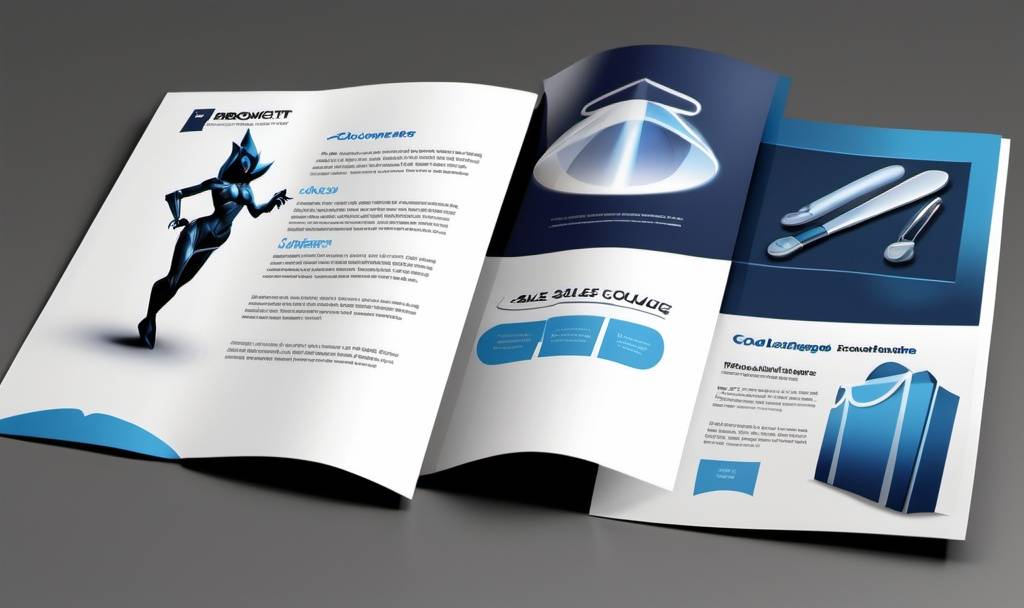One of the earliest questions I asked Forrester’s Mavis Liew set the tone for the rest of the interview – she had so specifically picked out business-to-business marketing as her career of choice: why is this so, and what are its top differences from consumer marketing?
“The markets are very different. In B2C you are looking at very sensitive price points, packaging, and so on. In B2B marketing, it’s about understanding your buyers—understanding that your buyers are not individuals but a group, and when marketing to this group, you need to understand the dynamics of the buying group.
For example, one role within this group could be that of a champion, an influencer, or the one that looks at total costs or return on investment.
Every tactic plays a different role and what you have to do is so much more complex because you are having to tailor your messages to a different buyer personas and fulfill individual agendas within the buying group.”
Marketing beyond buying groups – shaping an industry
A previous conversation with Marie Pettersson from Kezzler had gotten this author thinking about marketing as a force for growing industries – expanding their capacity to generate product innovation and product demand.
In that sense, there is opportunity for B2B tech providers to play a role in growing the industries that they have presence in – for example, inform and influence regulation, and overall make the ecosystem/landscape more friendly so that the industry can expand.
When asked about this, Mavis was reflective when she talked about new paradigms (think of the Apple iPhone when it first emerged 15 years ago), product innovation, and influencer relations in B2B technology.

B2B technology providers have the responsibility to increase the efficiency, productivity, and general scalability of businesses and their processes and workflows.
“That’s what B2B tech is meant to do; Enable businesses to reach their “destination” or goal faster. And there are two parts that we look at: product innovation (making something that exists even better) and driving new paradigms (solutions that never existed before),” Mavis said.
Early thoughts about AI
Speaking of new paradigms, no conversation about marketing is complete without mentioning Artificial Intelligence (AI). AI as an idea is not new; and the countless movies about AI, from Terminator to the latest iteration of Mission Impossible, can attest to this.
This time around, the atmosphere around AI is different because there are already tried and tested use cases with accompanying lessons to learn.
However, she cautions against CMOs diving into AI without thought-out use cases, despite its relative huge successes and recent explosion onto the scene via ChatGPT.
Instead, she states 2023 is the year CMOs need to gather the data and research generative AI (gAI).
Questions that CMOs need to ask themselves include: What can gAI do? What are my organizational goals and vision, and how does gAI fit into all that? What are the workflows and processes where I can determine if gAI can actually add value in terms of time-to-market, scalability, efficiency, productivity, and ensuring my deliverables are even stronger?
gAI is probably going to be the most disruptive technology in our generation, she said. “It came so swiftly, and though the initial successful use cases are limited for marketing, the potential is immense.
“If marketing doesn’t embrace gAI and its proven and potential use cases, they will fall behind. So, what they need to establish today, if they haven’t already, is the gAI vision for the organization.”
While Mavis is aware that the technology can be used in other areas of an organization, she identified early strategies for marketing specifically. It can be something as simple as researching what it is that your audience expects from your brand in their interactions and experiences across your different channels.
AI in adaptive planning
AI for localizing content is a tried and tested use case that is right up marketing’s alley. Localization is intensive, painful, expensive, and one of those necessary evils you need to have in marketing.
However, there are other use cases being looked at, for example, adaptive planning.
“There are very few organizations that plan hard and fast for 12 months, anymore. The landscape is so uncertain, and COVID has taught us we have to be adaptive and agile to pivot at a moment’s notice.
There could be an overarching 12 month plan, but organizations also need to build that adaptive planning muscle, if only to be able to quickly adjust based on changes in the market.
Adaptive planning is a potential new use case for gAI, which has a lot of potential due to the current uncertain economic landscape.








